
Cooking with herbs can elevate the flavor of any dish, adding depth and complexity. When it comes to herbs, there has always been a debate about using fresh or dried varieties. Both bring unique characteristics to the table, but understanding their differences can help you make the right choice for your culinary creations.
The Advantages of Fresh Herbs
Fresh herbs, straight from the garden or farmer’s market, have a vibrant and robust flavor. Their aromatic presence can transform a dish, infusing it with a burst of freshness. Whether it’s the earthiness of basil, the minty notes of cilantro, or the citrusy punch of thyme, using fresh herbs can take your cooking to new heights.
Vibrant Flavors that Delight the Senses
Fresh herbs are like little bursts of flavor that can awaken even the dullest of palates. Their fragrant aromas entice the senses, making every bite a tantalizing experience. From the verdant sweetness of parsley to the zesty tang of oregano, fresh herbs add layers of complexity to dishes, giving them a vibrant and lively character.
Enhanced Nutritional Value
Fresh herbs are not just about taste; they are also powerhouses of health benefits. Packed with vitamins, minerals, and antioxidants, they can help boost your immune system, fight inflammation, and improve digestion. Incorporating fresh herbs into your meals is a delicious and nutritious way to enhance your overall wellbeing.
Creative Versatility
One of the joys of using fresh herbs is the endless possibilities they offer in the kitchen. From using them as a simple garnish to infusing oils, marinades, and dressings, fresh herbs can elevate your dishes to new heights. They can be the star of the show or play a supporting role, enhancing other ingredients with their distinctive flavors.
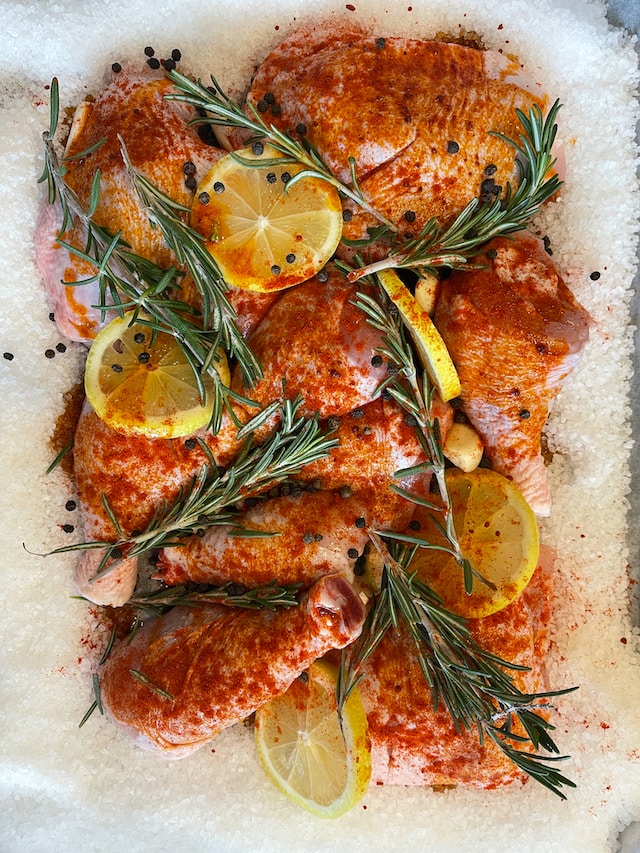
Garden-to-Plate Connection
There is something magical about plucking fresh herbs from your own garden or purchasing them at a local farmer’s market. The satisfaction of cultivating your own culinary herbs ensures their freshness and quality. It also establishes a deeper connection with the food you prepare, creating a sense of pride and accomplishment with every bite.
Culinary Presentation
Fresh herbs not only enhance the taste of your dishes but also add a touch of elegance to your culinary creations. Their vibrant colors and delicate textures can turn a simple plate of food into a masterpiece. From scattering delicate basil leaves over a Caprese salad to garnishing a soup with finely chopped chives, fresh herbs bring visual appeal to your meals.
When to Use Fresh Herbs
Fresh herbs are best used in dishes where their vibrant flavors and delicate textures can shine. Here are some instances when incorporating fresh herbs into your culinary creations is particularly beneficial:
Raw Preparations:
When using herbs in raw dishes, such as salads, salsas, or dressings, fresh herbs are ideal. Their freshness and bold flavors can elevate simple ingredients, transforming them into vibrant and enticing creations. Whether it’s tossing a handful of fresh basil leaves into a Caprese salad or combining finely chopped cilantro with diced tomatoes for a zesty salsa, the use of fresh herbs enhances the overall taste and visual appeal of these dishes.
Light and Fresh Dishes:
Fresh herbs are perfect for light and refreshing dishes, where their fragrance and brightness can add a burst of flavor. When preparing fish, seafood, or poultry, incorporating fresh herbs can elevate the taste and aroma of these proteins. A sprinkle of fresh dill over a perfectly grilled salmon fillet or a scattering of fresh thyme leaves over roasted chicken can take your dish to a whole new level of deliciousness.
Herbs as the Highlight:
There are certain dishes where the herbs are intended to be the star of the show. For example, pesto, chimichurri, or herb-based sauces rely heavily on the freshness and intensity of the herbs used. Whether it’s the robust flavor of fresh basil in a classic pesto sauce or the pungent punch of fresh parsley in a tangy chimichurri, using fresh herbs in these recipes allows their true essence to shine through.
Fragrant Infusions:
Fresh herbs have the power to infuse oils, vinegars, and marinades with their intoxicating aromas. By steeping fresh herbs in these liquids, you can impart their flavors into the base ingredients, creating a unique and highly aromatic mixture. For example, infusing extra virgin olive oil with fresh rosemary or thyme can elevate your salad dressings or enhance the flavor of roasted vegetables.
Garnishing and Finishing Touches:
When it comes to adding a final touch to a dish, fresh herbs are unbeatable. Sprinkling a few freshly torn basil leaves over a bowl of pasta or scattering some finely chopped chives over a creamy soup not only adds a pop of color, but it also imparts a burst of flavor. Fresh herbs as garnishes bring an element of elegance and finesse to any meal.
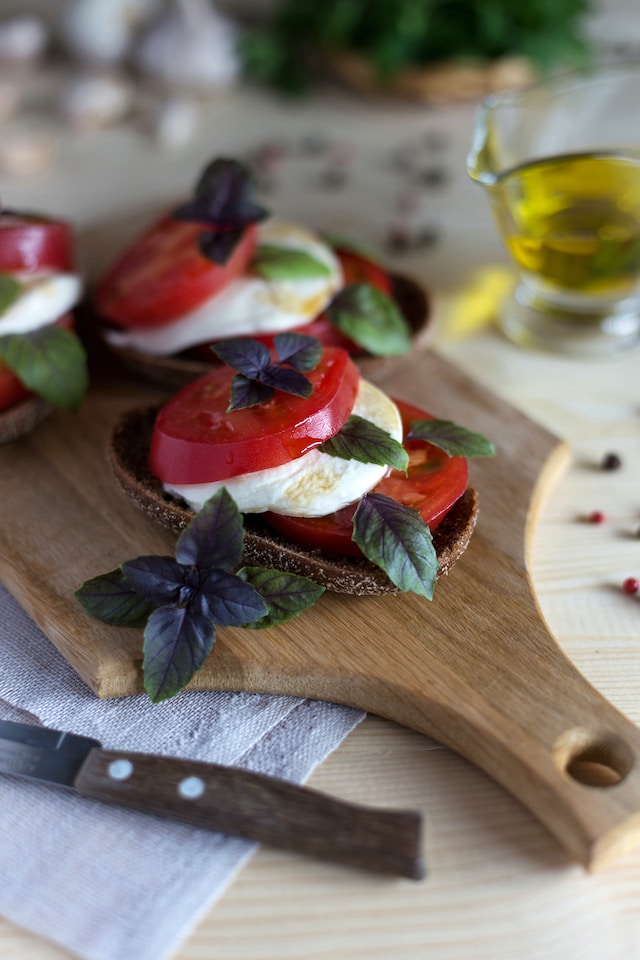
Advantages of Dried Herbs
Convenience and Longevity
Dried herbs are readily available in most grocery stores and can be easily stored in your pantry for extended periods. Unlike fresh herbs that have a short shelf life, dried herbs can be kept for months or even years without losing their potency. This convenience allows you to have a wide variety of herbs on hand, ready to enhance your dishes whenever you need them.
Concentrated Flavors
Drying herbs intensifies their flavors, resulting in a more concentrated taste. This makes dried herbs particularly suitable for slow-cooked dishes, where the herbs have ample time to infuse and meld with other ingredients. The concentrated nature of dried herbs also means that a little goes a long way. You can use smaller quantities and still achieve a robust and flavorful outcome.
Consistency
Dried herbs offer a consistent flavor profile, ensuring that each time you use them, you can expect the same taste. This consistency is especially beneficial for recipes that require precision and balance, as it allows you to have more control over the final outcome. With dried herbs, you can confidently add the desired amount without worrying about variations in taste.
Versatility
Dried herbs can be easily incorporated into various dishes, including soups, stews, sauces, and marinades. They work well in recipes that have longer cooking times or require flavors to develop over time. Dried herbs can also be used in spice blends, adding depth and complexity to your homemade seasonings.
Availability
While fresh herbs may not be available year-round or in certain regions, dried herbs are accessible and can be used anytime, anywhere. This availability allows you to experiment with a wide range of flavors and explore new culinary possibilities.
When to Use Dried Herbs
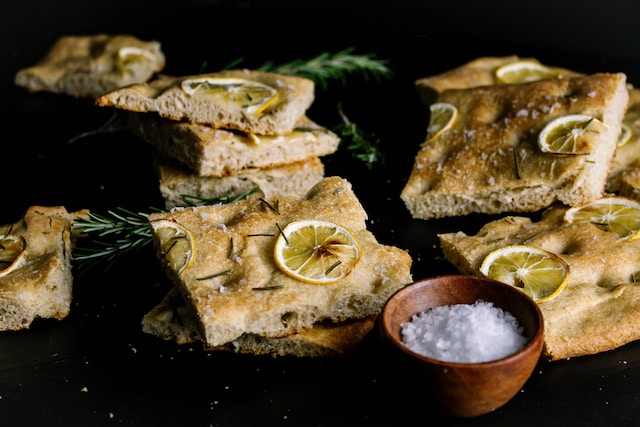
Dried herbs serve as a reliable pantry staple, offering convenience and longevity. Here are some instances when incorporating dried herbs into your culinary creations is particularly beneficial:
Slow-Cooked Dishes: Dried herbs are perfect for dishes that require a longer cooking time. The low and slow cooking process allows the herbs to gradually release their flavors, infusing the entire dish with their aromatic essence. Whether it’s a hearty stew, a comforting pot of chili, or a slow-cooked ragù, dried herbs can impart a rich and robust taste.
Enhancing Soups and Sauces: Adding dried herbs to soups and sauces can intensify the flavor profile, as the herbs have ample time to rehydrate and meld with other ingredients during the cooking process. Whether it’s a classic tomato sauce, a creamy mushroom soup, or a savory gravy, dried herbs can elevate these dishes to new heights of deliciousness.
Baking Savory Goods: Dried herbs can also be incorporated into savory baked goods to add an extra layer of flavor. Whether it’s sprinkling dried rosemary over a batch of homemade bread or folding dried thyme into a savory scone dough, dried herbs can infuse your baked creations with a delightful and aromatic taste.
Flavorful Spice Blends: Dried herbs are essential components in creating homemade spice blends. From Italian seasoning to herbes de Provence, dried herbs lend their distinct flavors and aromas to these versatile blends.
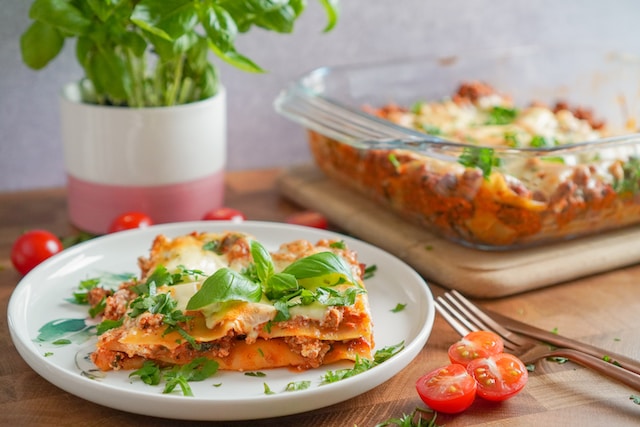
Whether you’re seasoning a roasted chicken, sprinkling over roasted vegetables, or adding a sprinkle to your homemade pizza, dried herb-infused spice blends can enhance the overall taste of your dishes.
Remember, when using dried herbs, it’s important to consider their potency and adjust your quantities accordingly. Since dried herbs have a more concentrated flavor, you’ll typically need less compared to fresh herbs. It’s always best to start with smaller quantities and adjust to taste as you go along.
Balancing Fresh and Dried Herbs
Finding the right balance between fresh and dried herbs is an art that can take your culinary creations to new heights. By combining the vibrant flavors of fresh herbs with the concentrated tastes of dried herbs, you can achieve a harmonious blend that appeals to both the palate and the senses. Here are some tips and tricks for successfully balancing fresh and dried herbs in your dishes.
Consider the Recipe
When deciding whether to use fresh or dried herbs, consider the nature of the recipe. Certain dishes, such as delicate salads or light seafood preparations, benefit greatly from the freshness and brightness of fresh herbs. On the other hand, slow-cooked stews or savory baked goods often call for the more robust flavors of dried herbs. Understanding the requirements of the recipe will help guide your choice.
Start with Fresh, Finish with Dried
One technique for achieving a well-rounded herb profile is to start with fresh herbs during the cooking process and finish with a touch of dried herbs for added depth. For example, when making a tomato-based sauce, you can sauté fresh basil and parsley in olive oil to release their fragrant aromas. Then, towards the end of cooking, sprinkle a pinch of dried oregano or thyme to intensify the flavor. This combination ensures a burst of freshness along with a lingering complexity.
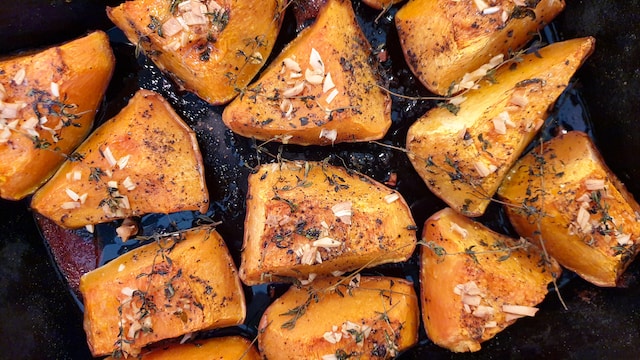
Use Fresh as a Garnish
Using fresh herbs as a garnish can add a refreshing pop of flavor to any dish. Sprinkle freshly torn basil leaves over a pasta dish or scatter finely chopped chives over a creamy soup. The delicate textures and vibrant colors of fresh herbs provide a visual appeal that complements the overall presentation of your meal.
Infuse Oils and Sauces
Utilizing both fresh and dried herbs when infusing oils and sauces can create a well-rounded flavor profile. Steeping fresh herbs in oil or simmering them in sauces can release their aromatic essence. However, adding a pinch of dried herbs during the process can provide a more concentrated taste that lingers on the palate.
Experiment and Trust Your Palate
Balancing fresh and dried herbs is ultimately a matter of personal taste. Experiment with different combinations and trust your palate to guide you. Start with smaller quantities and adjust as needed until you find the perfect balance that suits your desired flavor profile.
Both fresh and dried herbs have their merits in the kitchen. Fresh herbs bring unmatched vibrancy, while dried herbs offer convenience and longevity. The choice between the two ultimately depends on the recipe and personal preference. So, whether you opt for the aromatic allure of freshly picked herbs or the reliability of dried ones, incorporating herbs into your culinary repertoire will undoubtedly enhance your dishes and impress your taste buds.
